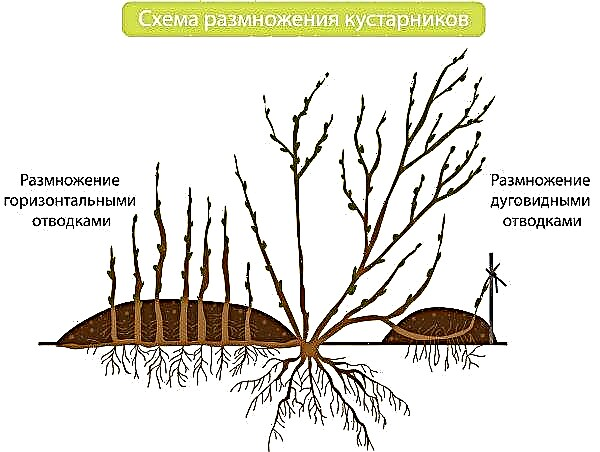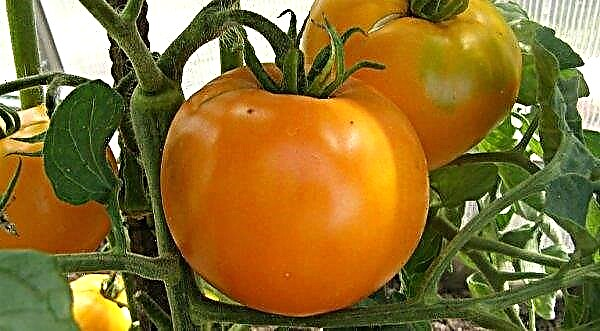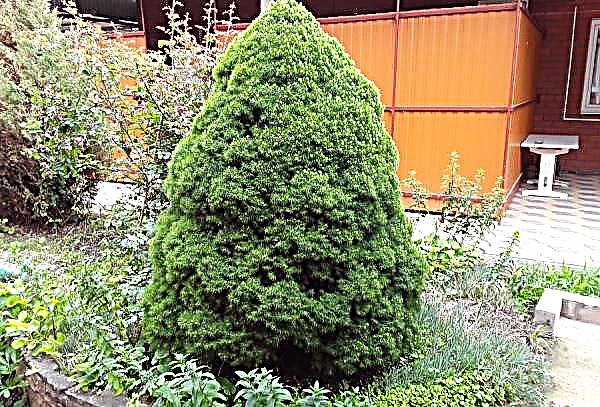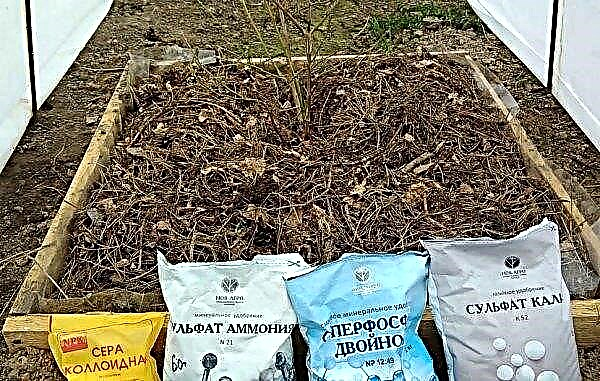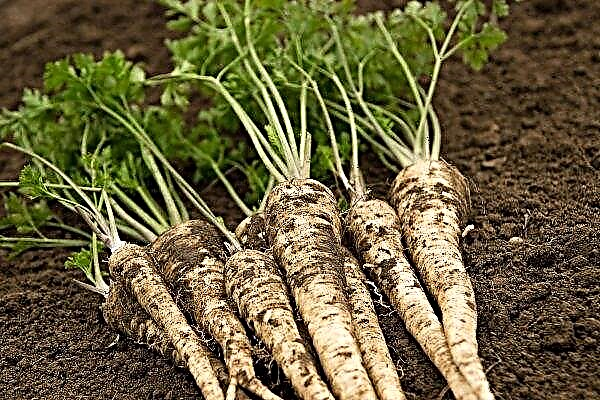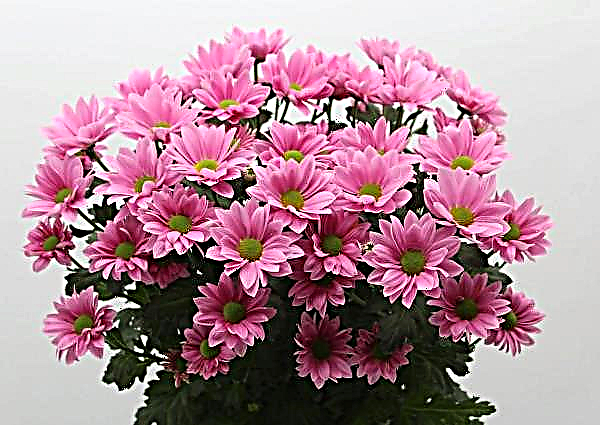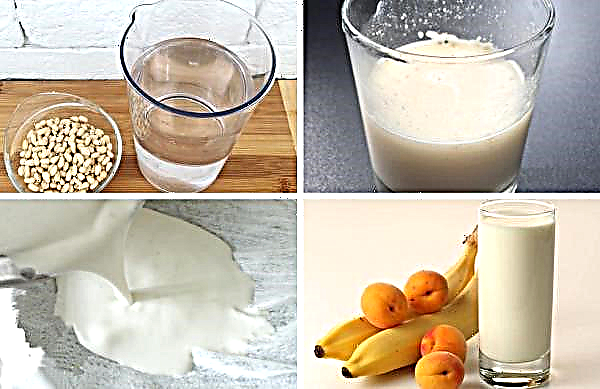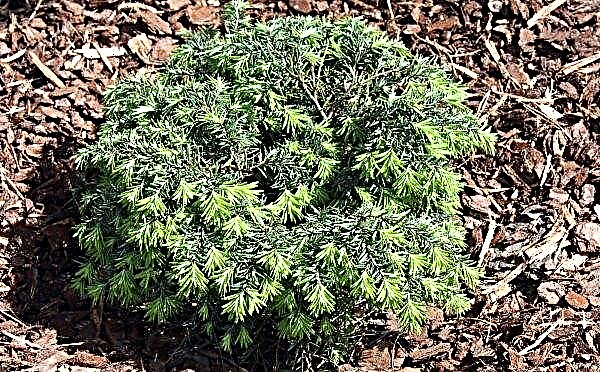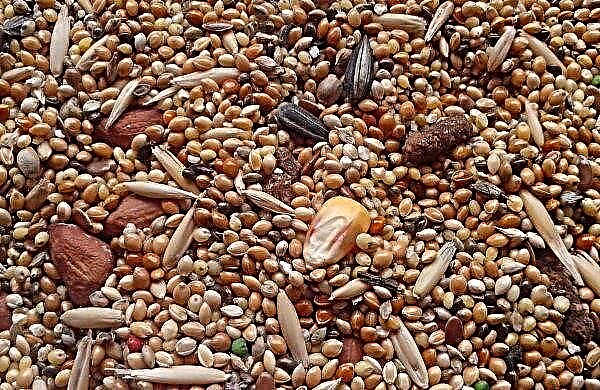Owners of the myrtle tree know firsthand the problem of leaf fall in plants. The capricious flower thus reacts to external stimuli. Read about why myrtle dropped leaves, what to do in this case and how to avoid the problem.
Main manifestations
The problem of dropping leaves is determined by specific signs, the leaves in this case:
- weakened;
- Dry
- turn yellow;
- fall off the trunk.
Did you know? The ancient Greeks considered the myrtle tree a symbol of the goddess of love Aphrodite. The cult of the plant was adopted by the Romans, who laid myrtle branches while worshiping Venus.
Why do myrtle leaves fall?
Among the main causes of leaf fall of myrtle tree is a violation of the microclimate, irrigation regime, improper fertilizer application, damage to the roots or disease.
Violation of growing conditions
According to gardeners, the most common cause of leaf fall in myrtle tree is a violation of growing conditions. Gross content errors:
- temperature above + 10 ° С in winter and above + 20 ° С in summer;
- bright sunshine in the summer;
- dry air
- drafts;
- sharp temperature changes;
- short daylight hours;
- soil with an excess of lime or manure;
- lack of drainage at the bottom of the pot.

Lack or excess of fertilizer
The condition of the myrtle tree is negatively affected by improper feeding. Among the main mistakes novice gardeners are:
- feeding the plant with highly concentrated solutions;
- the use of smaller doses of funds;
- fertilizing plants during dormancy;
- leaving myrtle without top dressing during the growing season;
- feeding the tree less than 1 time per week in the summer and 1 time per month in the winter.
Important! Mirtu needs ordinary universal fertilizers, but they need to be bred strictly according to the instructions. Improper cooking is fraught with problems in the development of the tree.
Wrong watering
Myrtle is demanding on watering. The following errors will be detrimental to the plant:
- the soil between the irrigations dries up;
- the tree is watered with plenty of water;
- water is not drained from the pan;
- lack of regular spraying;
- water is not removed by drainage and stagnates in the ground.

Transplant root damage
Myrtle tree is usually transplanted by transshipment. Inexperienced owners of indoor plants remove an earthen lump. Such manipulations can damage the rhizome - this disrupts the vital activity of the flower. Damaged roots cannot be fully fed with water and top dressing. Due to improper transplantation, the plant experiences stress and discards leaves.
Pests and diseases
Of diseases for myrtle is dangerous root rot. The root often rots when water stagnates. Among the common causes - there is no drainage, the owner does not drain the water from the sump or water the plant too often. When root rot leaves before falling darken at the ends. You can accurately determine the disease during a transplant. Pests are also dangerous for the myrtle tree. The following insects attack the plant.
- Aphid. Small insects attach in large numbers to the inside of the leaf plate. If the flower is not treated, the aphids suck out plant juices. The plant weakens, the leaves become stained, turn yellow and dry.

- Mealybug. Small insects are located on the leaves and trunk. A characteristic feature of the mealybug is a white coating, similar to sprinkled flour.
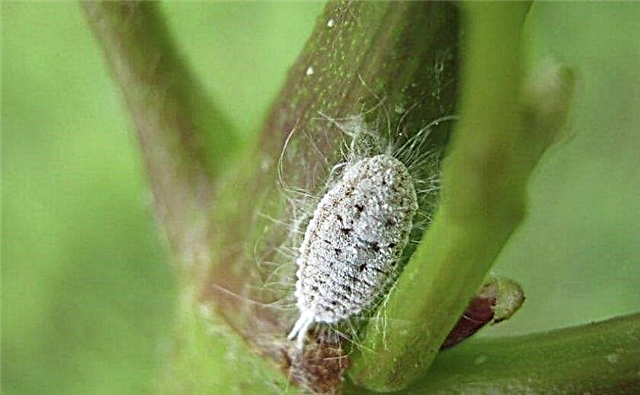
- Shield. Outwardly, the insect resembles a bug in a shell with a diameter of up to 0.5 cm. Scutellaria feed on the plant sap of the myrtle tree. The pest sticks to the leaves and stems, leaving a sticky coating.
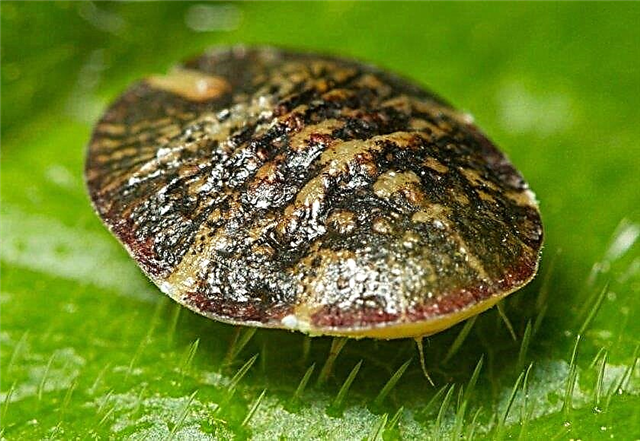
- Spider mite. The pest is easily identified by the web. A thin cobwebby raid remains on the leaf blades and the trunk.

- Thrips. The main sign of thrips attack is stains on leaf blades. On the outside they are bright. The inner part of the leaf is covered with dark spots.

- Whitefly. The insect has a white color and small translucent wings. The pest settles on the inside of the sheet. The whitefly eats the vegetable juice of myrtle. Leaves from this lose their vitality, turn yellow and fall.
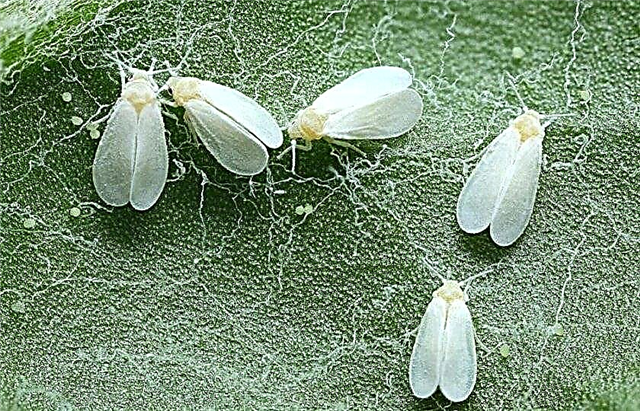
What to do and how to save the plant
Myrtle tree discards leaves for the most part due to improper growing conditions. When the problem is only identified, the situation can be corrected. The first measure in treatment is to determine the reason for the leaves to fall, and to establish care for the plant.
Did you know? The name "myrtle" is translated from Greek as "incense." The plant contains aromatic essential oils.
Mirtu needs the following conditions:
- Temperature. From March to September, the plant is in the growth phase, so it needs a temperature of +17 ... + 20 ° C. With the onset of cold weather, myrtle goes into a state of rest. To relax, the tree needs a temperature of +5 ... + 10 ° С.
- Humidity. Mirtu needs moisture. The optimum air humidity is 60–80%. The higher the temperature, the more moisture the plant needs. To maintain its level daily spray the leaves with warm water from a spray bottle.
- Lighting. Bright diffused light - ideal conditions for a myrtle tree. For year-round accommodation, window sills on the western and eastern sides are suitable. In winter, use biolamps to extend daylight hours. Lighting myrtle needs 12 hours a day.
- Watering. The soil should always be moist. In warm weather, optimal daily watering. During dormancy, the substrate dries slower, therefore, it should be watered less often.
- Fertilizer. During the growth period, apply root liquid top dressing 1 time per week. Standard mineral products for decorative and deciduous indoor crops will do.
- Transfer. Young myrtle trees are transplanted once a year. For adults, the procedure is needed once every 2–4 years. The best period for transplants is in the early spring before flowering begins.

The substrate can be used as purchased. It should be loose soil with a pH of 5.5–6.5. To prepare the soil yourself, mix:
- sand - 1 part;
- humus - 1 part;
- turf land - 1 part;
- peat land - 1 part;
- sheet earth - 1 part;
- vermiculite - 0.5 parts.
Important! The root system of the myrtle tree is vulnerable and can easily be damaged. Transplant manipulations should be carried out with extreme caution.
Transplant as follows:
- Put the drainage mixture on the bottom of the pot.
- Fill the pot with soil.
- Moisten the myrtle tree and remove it from the pot with an earthen lump.
- For a typical transplant, use the transshipment method. If the leaves fall, it is advisable to soak the rhizome and check for damage and rot. Cut the damaged parts of the root with a knife, sprinkle the slices with crushed charcoal.
- Place the plant in a new pot and cover it with a substrate without deepening the root neck.
Video: Myrtle transplant
To combat diseases and pests, you need to carry out such actions:
- A transplant will help from root rot, in which rotting sections should be cut.
- First remove the insects manually using a soap solution, then treat the plant with an insecticide. Experienced growers are advised to treat myrtle "Actellicum" or "Actara".
Preventative measures
So that the problem of leaf fall does not affect the plant, the owner must adhere to all the rules for its cultivation. Even diseases and pests are mostly due to improper watering, dryness or inappropriate air temperature. Experienced owners treat myrtle from pests from Fitoverm: 2 treatments per year are enough to protect it - in spring and autumn.
Myrtle is a very whimsical home flower. Not a single grower is safe from the leaf fall of this capricious plant. The problem can be avoided if properly cultivated myrtle tree. The plant will be delighted with the lush green crown for a long time.







